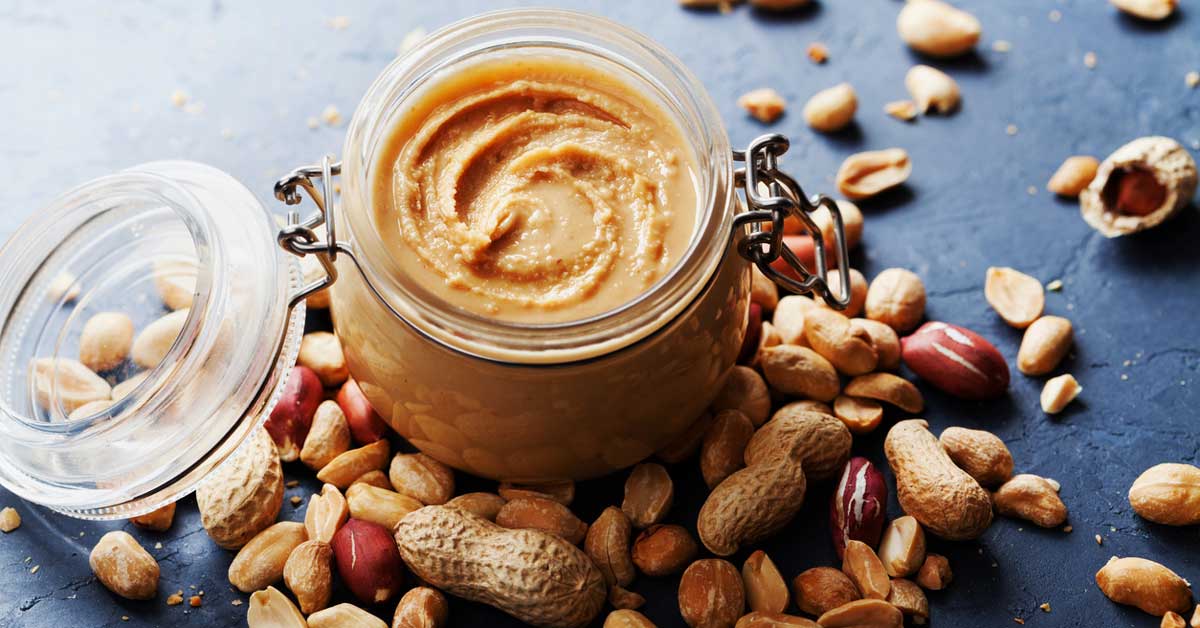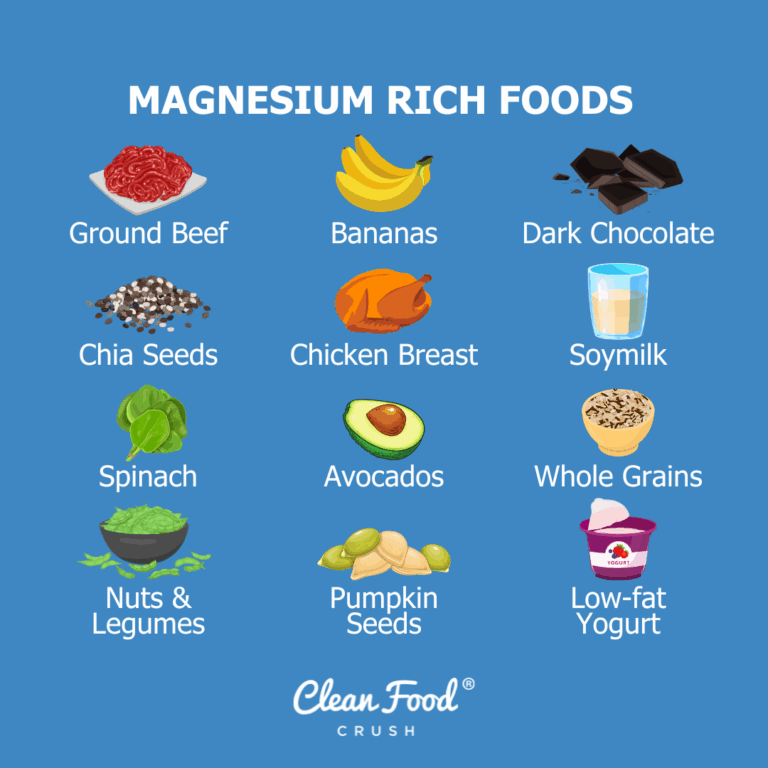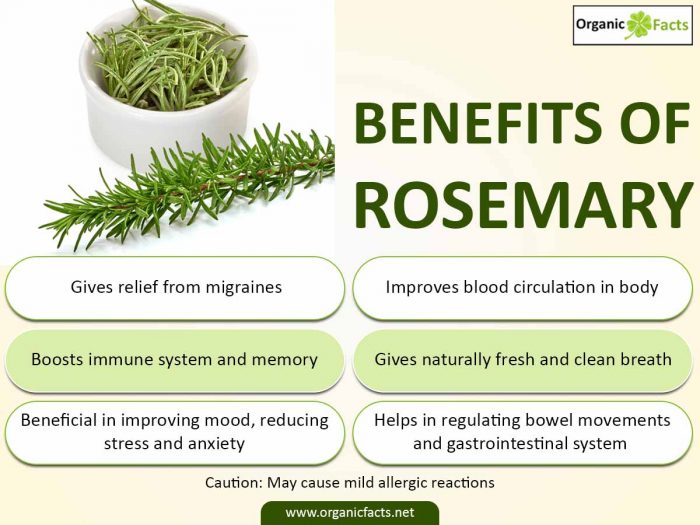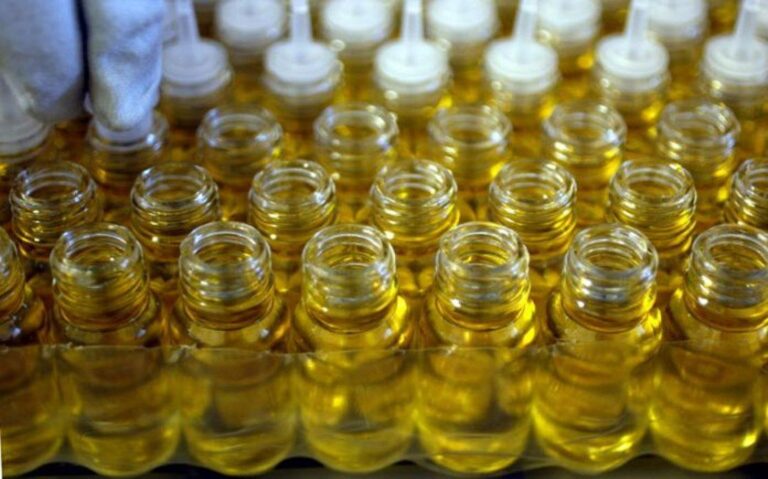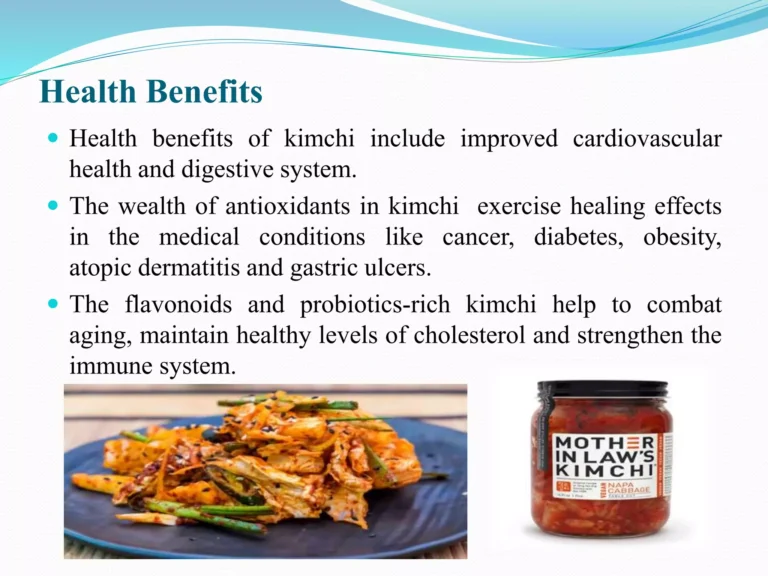The Humble Allicin: Unearthing the Ancient Power of Garlic in a Modern World
In the tapestry of human history, few plants have woven themselves so deeply into our culinary traditions, our folklore, and our healing practices as garlic. From the pyramids of ancient Egypt, where it fueled the builders, to the battlefields of Rome, where it fortified legions, and across countless cultures where it warded off illness and evil alike, Allium sativum has always been more than just a pungent bulb. It is a venerable, resilient, and profoundly effective natural remedy, its reputation honed over millennia of empirical observation.
For centuries, garlic’s mystique was attributed to its sharp aroma and the sheer force of anecdotal evidence. Yet, in the modern age, the discerning eye of science has peeled back its papery layers, revealing a complex chemical symphony at its core. What was once the stuff of legend is now being meticulously validated in laboratories and clinical trials worldwide. This isn’t merely about confirming old wives’ tales; it’s about understanding the intricate molecular dance that transforms a simple clove into a pharmacological powerhouse, a potent ally in our quest for optimal health.
This article embarks on a journey, a scientific exploration into the very heart of garlic’s extraordinary capabilities. We will uncover ten profound, science-backed health benefits that underscore why this humble bulb deserves a place not just in our kitchens, but at the forefront of natural health strategies. Prepare to delve into the molecular marvels and compelling evidence that illuminate garlic’s enduring legacy as a guardian of well-being, a story told through the lens of modern discovery.
The Allicin Alchemy: Unlocking Garlic’s Bioactive Blueprint
Before we dive into the specific benefits, it’s crucial to understand the principal architects behind garlic’s therapeutic prowess: its organosulfur compounds. When a garlic clove is crushed, chopped, or chewed, a remarkable enzymatic reaction takes place. An enzyme called alliinase, typically stored separately within the plant cells, comes into contact with its substrate, alliin. This interaction swiftly converts alliin into allicin, the compound largely responsible for garlic’s characteristic pungent aroma and many of its most potent biological activities.
Allicin, however, is notoriously unstable. It quickly breaks down into a cascade of other lipid-soluble organosulfur compounds, including diallyl disulfide (DADS), diallyl trisulfide (DATS), ajoene, and vinyldithiins, among others. Water-soluble compounds like S-allyl cysteine (SAC) and S-allyl mercaptocysteine (SAMC) are also crucial, particularly in aged garlic extracts, where allicin has been converted. It is this diverse ensemble of sulfur-containing molecules, each with its unique biological fingerprint, that orchestrates garlic’s wide-ranging effects on human physiology. They are the chemical storytellers, narrating tales of cellular defense, systemic regulation, and profound healing, as we shall now explore.
>
1. The Cardiovascular Guardian: Fortifying the Heart’s Resilience
The heart, a tireless pump, is the epicenter of our circulatory system, and its health is paramount to our overall vitality. Garlic emerges as a formidable guardian of cardiovascular wellness, offering multifaceted protection against the ravages of modern lifestyle diseases. The science behind this benefit is robust, painting a picture of a bulb actively working to optimize blood flow, regulate pressure, and safeguard arterial health.
At the forefront of garlic’s cardiovascular benefits is its remarkable ability to lower blood pressure. Numerous meta-analyses of clinical trials have consistently demonstrated that regular garlic consumption, particularly in the form of aged garlic extract or raw garlic, can significantly reduce both systolic and diastolic blood pressure in hypertensive individuals. The mechanism is thought to involve allicin and its derivatives, which promote the production of hydrogen sulfide (H2S) in the body. H2S is a gasotransmitter that induces vasodilation, relaxing blood vessels and thereby easing the burden on the heart. Furthermore, garlic compounds may inhibit angiotensin-converting enzyme (ACE) activity, mimicking the action of prescription ACE inhibitors, further contributing to blood pressure reduction.
Beyond pressure regulation, garlic plays a crucial role in modulating cholesterol levels. While its effect on total cholesterol may be modest, studies indicate that garlic can specifically reduce levels of low-density lipoprotein (LDL) cholesterol – often dubbed "bad" cholesterol – and triglycerides, while potentially increasing beneficial high-density lipoprotein (HDL) cholesterol. This action is attributed to sulfur compounds like allicin, which can inhibit cholesterol synthesis in the liver. By fine-tuning the lipid profile, garlic helps to mitigate a major risk factor for atherosclerosis.
Moreover, garlic acts as a natural anti-platelet agent, preventing the excessive aggregation of platelets that can lead to blood clots, heart attacks, and strokes. Ajoene, a compound derived from allicin, is particularly potent in this regard. By inhibiting platelet aggregation, garlic ensures smoother blood flow, reducing the risk of thrombotic events without significantly increasing the risk of bleeding in healthy individuals. This combination of blood pressure regulation, lipid modulation, and anti-thrombotic activity positions garlic as a comprehensive ally for a resilient and robust cardiovascular system, a silent sentinel protecting the very rhythm of life.
>
2. The Immune System Fortifier: Building a Robust Defense Network
In an ever-challenging microbial landscape, a resilient immune system is our most vital defense. Garlic has long been revered for its ability to ward off illness, a testament to its profound immunomodulatory and antimicrobial properties. Modern science has meticulously unraveled the mechanisms by which garlic fortifies our internal army, transforming it into a more effective and responsive fighting force.
Garlic’s reputation as an antimicrobial agent is perhaps its most ancient and celebrated. Its potent organosulfur compounds, especially allicin, exhibit broad-spectrum activity against a formidable array of pathogens: bacteria, viruses, fungi, and even parasites. In vitro studies have shown allicin to disrupt bacterial cell walls, inhibit bacterial growth, and interfere with their metabolic processes, making it effective against common culprits like Staphylococcus aureus, Escherichia coli, and Salmonella. For viruses, garlic compounds appear to interfere with viral replication and entry into host cells, offering a natural defense against common colds, influenza, and even herpes viruses. Its antifungal prowess extends to Candida species, addressing yeast overgrowth. This direct attack on invaders is a cornerstone of its immune-boosting power.
Beyond direct pathogen assault, garlic actively modulates immune cell function. It stimulates the activity of various immune cells, including macrophages, lymphocytes (T-cells and B-cells), and natural killer (NK) cells – the body’s first line of defense against infected or cancerous cells. By enhancing the phagocytic activity of macrophages (their ability to "eat" pathogens) and boosting the proliferation and cytokine production of lymphocytes, garlic orchestrates a more robust and adaptive immune response. S-allyl cysteine (SAC), prevalent in aged garlic extract, is particularly noted for its ability to modulate cytokine production, ensuring an appropriate and controlled inflammatory response.
Clinical trials have corroborated these findings, demonstrating that regular garlic consumption can reduce the incidence, duration, and severity of common infections, particularly the common cold and flu. By equipping the immune system with both direct antimicrobial weapons and enhanced cellular defenses, garlic serves as an invaluable fortifier, preparing the body to meet microbial challenges with confidence and resilience.
>
3. The Antioxidant Powerhouse: Quenching the Flames of Oxidative Stress
Our cells are constantly engaged in metabolic processes that, while essential for life, also produce reactive oxygen species (ROS) – free radicals. These unstable molecules, when unchecked, can wreak havoc, damaging cellular components like DNA, proteins, and lipids in a process known as oxidative stress. Oxidative stress is a fundamental driver of aging and a precursor to countless chronic diseases, from cardiovascular ailments to neurodegenerative disorders and cancer. Garlic, through its remarkable array of compounds, stands as a formidable antioxidant powerhouse, tirelessly quenching these destructive flames.
The primary mechanism behind garlic’s antioxidant prowess lies in its rich concentration of organosulfur compounds, particularly allicin, diallyl disulfide (DADS), diallyl trisulfide (DATS), and the water-soluble S-allyl cysteine (SAC). These compounds possess direct free radical scavenging abilities, meaning they can neutralize ROS directly by donating electrons, stabilizing the free radicals before they can inflict damage. Their sulfur atoms are particularly adept at reacting with and detoxifying these harmful molecules.
However, garlic’s antioxidant action extends beyond direct scavenging. It also plays a crucial role in boosting the body’s endogenous antioxidant defense system. Garlic compounds have been shown to upregulate the activity of key antioxidant enzymes within our cells, such as superoxide dismutase (SOD), catalase (CAT), and glutathione peroxidase (GPx). These enzymes are the body’s natural protectors, working in concert to convert highly reactive free radicals into less harmful molecules. By enhancing the production and activity of these enzymes, garlic empowers our cells to more effectively combat oxidative stress from within.
Furthermore, garlic is a rich source of other antioxidant nutrients, including selenium and various flavonoids. This synergistic blend of compounds ensures comprehensive protection against oxidative damage. By mitigating oxidative stress, garlic acts as a cellular shield, preserving cellular integrity, slowing down the aging process, and reducing the risk of a myriad of chronic diseases. It’s a silent guardian, working at the molecular level to maintain balance and vitality within every cell.
>
4. The Anti-inflammatory Agent: Calming the Body’s Internal Storm
Inflammation is a double-edged sword. Acute inflammation is a vital protective response, signaling the immune system to heal injuries and fight infections. However, when inflammation becomes chronic – a persistent, low-grade systemic response – it morphs into a destructive force, underpinning a vast array of chronic diseases, including heart disease, diabetes, arthritis, neurodegenerative conditions, and cancer. Garlic, with its potent anti-inflammatory properties, acts as a sophisticated mediator, helping to quell this internal storm and restore cellular equilibrium.
The anti-inflammatory effects of garlic are intricately linked to its rich profile of organosulfur compounds, particularly allicin and its breakdown products like diallyl disulfide (DADS) and diallyl trisulfide (DATS), as well as the water-soluble S-allyl cysteine (SAC). These compounds exert their influence through multiple pathways, targeting key molecular players in the inflammatory cascade.
One significant mechanism involves the inhibition of pro-inflammatory enzymes and signaling molecules. Garlic compounds have been shown to suppress the activity of cyclooxygenase-2 (COX-2) and lipoxygenase (LOX), enzymes responsible for producing pro-inflammatory mediators such as prostaglandins and leukotrienes. By inhibiting these enzymes, garlic effectively dampens the production of inflammatory signals. Furthermore, garlic can modulate the activation of nuclear factor-kappa B (NF-κB), a central protein complex that controls the expression of genes involved in inflammation. By suppressing NF-κB activation, garlic reduces the transcription of numerous pro-inflammatory cytokines, chemokines, and adhesion molecules.
Beyond direct enzyme inhibition, garlic compounds also influence the production of inflammatory cytokines. Studies indicate that garlic can decrease levels of pro-inflammatory cytokines such as TNF-alpha (Tumor Necrosis Factor-alpha), IL-1 beta (Interleukin-1 beta), and IL-6 (Interleukin-6), while potentially promoting anti-inflammatory cytokines. This rebalancing of the cytokine profile helps to shift the body from a pro-inflammatory state to a more balanced, anti-inflammatory one.
By acting on these fundamental pathways, garlic provides a comprehensive anti-inflammatory effect that extends throughout the body. This ability to calm chronic inflammation is crucial not only for alleviating symptoms of inflammatory conditions like arthritis but also for addressing the underlying drivers of numerous chronic diseases, making garlic a silent ally in the pursuit of long-term health and well-being.
>
5. The Cancer Combatant: A Strategic Ally in Cellular Defense
The fight against cancer is a complex battle, but increasingly, research suggests that dietary choices play a significant role in both prevention and adjunctive therapy. Among natural compounds, garlic stands out as a consistently studied and promising chemopreventive agent. Its ability to combat cancer stems from a multifaceted approach, targeting various stages of carcinogenesis from initiation to progression.
The primary cancer-fighting power of garlic resides in its diverse organosulfur compounds, including allicin, diallyl disulfide (DADS), diallyl trisulfide (DATS), and S-allyl cysteine (SAC). These compounds exhibit a remarkable range of anti-cancer mechanisms:
Firstly, garlic compounds are potent antioxidants and anti-inflammatory agents, as previously discussed. By neutralizing free radicals and quelling chronic inflammation, they address two major precursors to cancer development. Oxidative stress can damage DNA, leading to mutations that initiate cancer, while chronic inflammation creates a microenvironment conducive to tumor growth and spread. Garlic effectively mitigates both.
Secondly, garlic plays a crucial role in detoxification. Its sulfur compounds enhance the activity of phase I and phase II detoxification enzymes in the liver, such as glutathione S-transferases (GSTs) and cytochrome P450 enzymes. These enzymes are vital for metabolizing and eliminating carcinogens and mutagens from the body, thereby reducing their harmful effects on DNA.
Thirdly, garlic compounds demonstrate direct anti-proliferative effects on cancer cells. They can induce cell cycle arrest, preventing cancer cells from dividing and multiplying uncontrollably. Furthermore, they are capable of inducing apoptosis, or programmed cell death, in various cancer cell lines, including those of colon, stomach, breast, lung, and prostate cancers, while leaving healthy cells largely unharmed. This selective targeting is a highly desirable characteristic in cancer therapy.
Fourthly, garlic can inhibit angiogenesis, the process by which new blood vessels form to supply nutrients to tumors, and metastasis, the spread of cancer cells to other parts of the body. By starving tumors of their blood supply and impeding their ability to invade new tissues, garlic further strengthens its anti-cancer arsenal.
Epidemiological studies have consistently shown a correlation between higher garlic intake and a reduced risk of various cancers, particularly gastrointestinal cancers like stomach and colorectal cancer. While garlic is not a cure for cancer, its profound multi-target actions make it a valuable dietary component in a holistic strategy for cancer prevention and potentially as an adjunct to conventional treatments, offering a natural layer of cellular protection against this formidable disease.
>
6. The Blood Sugar Stabilizer: Balancing Glucose for Metabolic Harmony
In an era grappling with rising rates of type 2 diabetes and metabolic syndrome, the quest for natural compounds that aid in blood sugar regulation is more pressing than ever. Garlic, a venerable culinary staple, quietly steps forward as a significant ally in maintaining metabolic harmony, offering science-backed benefits for individuals striving to keep their glucose levels in check.
The mechanisms by which garlic contributes to blood sugar stabilization are diverse and touch upon key physiological processes involved in glucose metabolism. Central to its action are its organosulfur compounds, including allicin, S-allyl cysteine (SAC), and ajoene, which exert their influence through several pathways.
One crucial aspect is garlic’s potential to improve insulin sensitivity. Insulin, a hormone produced by the pancreas, is responsible for facilitating the uptake of glucose from the bloodstream into cells for energy. In insulin resistance, cells become less responsive to insulin’s signals, leading to elevated blood glucose levels. Garlic compounds appear to enhance the responsiveness of insulin receptors on cells, allowing for more efficient glucose uptake and utilization. This improvement in sensitivity helps to lower blood glucose levels and reduces the burden on the pancreas.
Furthermore, garlic may directly influence glucose metabolism. Studies suggest that it can reduce hepatic glucose production (the amount of glucose released by the liver) and enhance glucose utilization in peripheral tissues. Some research indicates that garlic compounds might inhibit enzymes involved in carbohydrate digestion, thereby slowing down the absorption of glucose from the gut into the bloodstream, leading to a more gradual rise in blood sugar after meals.
Another contributing factor is garlic’s potent antioxidant and anti-inflammatory properties. Chronic oxidative stress and inflammation are known to contribute to insulin resistance and pancreatic beta-cell dysfunction, key features of type 2 diabetes. By mitigating these damaging processes, garlic helps to protect the integrity and function of insulin-producing cells and improves the overall metabolic environment.
Clinical studies, including meta-analyses, have shown that garlic supplementation can lead to statistically significant reductions in fasting blood glucose levels and HbA1c (a marker of long-term blood sugar control) in individuals with type 2 diabetes or impaired glucose tolerance. While garlic is not a substitute for conventional diabetes management, its multi-pronged approach to blood sugar regulation makes it a valuable dietary component, offering a natural and accessible way to support metabolic health and promote glucose balance.
>
7. The Detoxification Accelerator: Supporting the Body’s Cleansing Pathways
Our bodies are continuously exposed to toxins – from environmental pollutants and pesticides to metabolic byproducts and heavy metals. The liver, our primary detoxification organ, works tirelessly to neutralize and eliminate these harmful substances. Garlic, far from being just a flavor enhancer, acts as a potent detoxification accelerator, providing crucial support to the liver’s intricate cleansing pathways.
The remarkable ability of garlic to enhance detoxification is primarily attributed to its high concentration of sulfur-containing compounds. Sulfur is a critical mineral for numerous detoxification processes in the body, particularly in the liver. Garlic’s organosulfur compounds, such as diallyl sulfide (DAS), diallyl disulfide (DADS), and diallyl trisulfide (DATS), play pivotal roles in stimulating and regulating the enzymes involved in both Phase I and Phase II detoxification.
Phase I detoxification involves enzymes like the cytochrome P450 family, which chemically modify toxins to make them more water-soluble. Garlic compounds can modulate the activity of these enzymes, ensuring that toxins are processed efficiently without creating an excess of harmful intermediate metabolites.
Phase II detoxification is where the real magic happens for elimination. This phase involves conjugation reactions, where activated toxins are bound to molecules like glutathione, sulfates, or glucuronic acid, rendering them harmless and ready for excretion via bile or urine. Garlic is particularly effective in boosting the activity of glutathione S-transferases (GSTs), a key group of Phase II enzymes. Glutathione, often called the "master antioxidant" and a vital detoxifier, is itself a sulfur-containing tripeptide. Garlic’s compounds not only enhance GST activity but also help to maintain healthy levels of glutathione within cells, ensuring a robust detoxification capacity.
Furthermore, garlic has been investigated for its potential to chelate heavy metals. Studies suggest that garlic’s sulfur-rich compounds can bind to heavy metals like lead, mercury, and cadmium, facilitating their removal from the body. This chelation effect is a critical protective mechanism against the cellular damage and organ dysfunction caused by heavy metal toxicity.
By supporting the liver’s enzymatic machinery, boosting glutathione levels, and potentially aiding in heavy metal chelation, garlic significantly enhances the body’s natural ability to neutralize and eliminate a wide range of toxins. It acts as a biochemical assistant, optimizing the intricate dance of detoxification, thereby protecting cells from damage and promoting overall health and resilience in a toxic world.
>
8. The Bone Health Supporter: Building a Stronger Skeletal Foundation
Bone health, often associated with calcium and vitamin D, rarely brings garlic to mind. Yet, emerging research is shedding light on this humble bulb’s potential to contribute to the strength and integrity of our skeletal system, particularly in the context of age-related bone loss and hormonal changes. Garlic, through its unique biological activities, offers a novel perspective on maintaining a robust bony framework.
The primary mechanism linking garlic to improved bone health appears to be its potent anti-inflammatory and antioxidant properties. Chronic, low-grade inflammation and oxidative stress are recognized as significant contributors to bone loss (osteoporosis). These destructive forces can activate osteoclasts (cells that break down bone) and inhibit osteoblasts (cells that build bone), leading to an imbalance in bone remodeling. By actively quelling inflammation and neutralizing free radicals, garlic’s organosulfur compounds help to create a more favorable environment for bone maintenance and growth. This protective effect helps to preserve the delicate balance between bone formation and resorption.
Furthermore, some studies suggest that garlic, particularly in its raw or aged form, may have a beneficial impact on estrogen levels, especially in postmenopausal women. Estrogen plays a critical role in maintaining bone density, and its decline after menopause is a major factor in accelerated bone loss. While the exact mechanisms are still under investigation, garlic compounds may influence estrogen metabolism or exhibit mild estrogenic effects, which could contribute to a reduction in bone resorption and an increase in bone formation. This is a particularly exciting area of research, offering a natural dietary approach to support bone health during hormonal transitions.
Research on animal models and in vitro studies have demonstrated that garlic extract can enhance bone mineral density, improve bone strength, and mitigate bone loss induced by conditions like ovariectomy (mimicking menopause) or diabetes. These findings underscore garlic’s potential to protect against osteoporosis and related fractures.
While not a standalone treatment for severe bone conditions, incorporating garlic into a balanced diet rich in other bone-supporting nutrients like calcium, magnesium, and vitamin D, offers a synergistic approach. It serves as a natural dietary adjunct, working silently to protect our skeletal foundation from the insidious effects of oxidative stress and inflammation, paving the way for a stronger, more resilient body.
>
9. The Cognitive Protector: Safeguarding the Mind’s Luminous Pathways
As the global population ages, the preservation of cognitive function and the prevention of neurodegenerative diseases have become paramount concerns. Increasingly, dietary interventions are being explored for their potential to support brain health, and garlic is emerging as a compelling candidate. Its intricate chemical profile offers a unique set of tools to safeguard the mind’s luminous pathways from the ravages of time and disease.
The neuroprotective benefits of garlic are primarily rooted in its well-established antioxidant and anti-inflammatory capabilities. The brain, with its high metabolic rate and rich lipid content, is particularly vulnerable to oxidative stress and chronic inflammation, which are key drivers in the pathogenesis of neurodegenerative conditions like Alzheimer’s and Parkinson’s disease. Garlic’s organosulfur compounds, notably S-allyl cysteine (SAC) – abundant in aged garlic extract – can readily cross the blood-brain barrier, allowing them to exert their protective effects directly within the central nervous system.
Within the brain, garlic compounds effectively scavenge free radicals and upregulate endogenous antioxidant enzymes, thereby reducing oxidative damage to neurons, synapses, and DNA. By mitigating oxidative stress, garlic helps to preserve neuronal integrity and function, which are essential for memory, learning, and overall cognitive performance.
Furthermore, garlic’s anti-inflammatory actions are crucial for brain health. Chronic neuroinflammation, often driven by activated microglia (the brain’s immune cells), contributes to neuronal damage and accelerates neurodegeneration. Garlic compounds have been shown to modulate microglial activation and suppress the production of pro-inflammatory cytokines within the brain, thereby calming neuroinflammation and protecting delicate neural circuits.
Beyond these foundational benefits, research suggests that garlic may also enhance neurogenesis (the formation of new neurons) and improve synaptic plasticity (the ability of synapses to strengthen or weaken over time), both of which are critical for learning and memory. Some studies indicate that garlic extracts can improve cognitive function in animal models of cognitive decline, potentially by increasing levels of brain-derived neurotrophic factor (BDNF), a protein vital for neuronal survival and growth.
By combating oxidative stress and inflammation, supporting neuronal resilience, and potentially enhancing neural connectivity, garlic offers a compelling natural strategy for cognitive protection. It’s not just about warding off disease, but about nurturing the intricate neural networks that define our thoughts, memories, and sense of self, ensuring the mind remains sharp and vibrant for years to come.
>
10. The Athletic Endurance & Fatigue Reducer: Fueling Performance and Recovery
While garlic’s culinary and medicinal uses are widely recognized, its potential role in enhancing athletic performance and reducing exercise-induced fatigue is a fascinating, albeit less commonly discussed, benefit. Yet, ancient cultures intuitively understood garlic’s invigorating properties, often feeding it to laborers and warriors. Modern science is now beginning to provide molecular explanations for this historical wisdom, positioning garlic as a natural ergogenic aid and recovery booster.
The link between garlic and improved physical performance can be traced back to several of its core physiological effects. Firstly, garlic’s cardiovascular benefits play a direct role. By improving blood flow, reducing blood pressure, and enhancing vasodilation, garlic ensures that muscles receive a more efficient supply of oxygen and nutrients during strenuous activity. Better circulation means improved oxygen delivery to working muscles, which can delay the onset of fatigue and enhance endurance capacity. The production of hydrogen sulfide (H2S), stimulated by garlic compounds, is a key player here, promoting arterial relaxation and optimizing blood flow.
Secondly, garlic’s powerful antioxidant and anti-inflammatory properties are critical for mitigating exercise-induced damage and facilitating recovery. Intense physical exertion generates a significant amount of reactive oxygen species (ROS) and triggers inflammatory responses, leading to muscle soreness, fatigue, and impaired performance. By neutralizing free radicals and dampening inflammation, garlic helps to protect muscle cells from oxidative damage, reduces post-exercise muscle soreness (DOMS), and accelerates the recovery process. This means athletes can train harder, recover faster, and maintain peak performance over time.
Historically, garlic was used to combat "fatigue" in various forms. While not a stimulant, its ability to support overall physiological function contributes to sustained energy levels. Some research suggests that garlic may improve mitochondrial function, the powerhouses of our cells responsible for energy production, leading to more efficient ATP synthesis and reduced fatigue.
Clinical studies on garlic and exercise performance are still an evolving field, but some investigations have shown promising results, indicating improvements in exercise capacity, reduced perceived exertion, and faster recovery times in individuals supplementing with garlic. For athletes and active individuals seeking natural ways to optimize their training, enhance endurance, and bounce back quicker from physical demands, garlic emerges as a humble yet potent ally, bridging ancient wisdom with modern physiological understanding to fuel the body’s peak potential.
>
Beyond the 10: A Symphony of Synergy and Practical Integration
As we conclude our journey through the scientific marvels of garlic, it becomes clear that its health benefits are not isolated, but rather a grand symphony of synergistic effects. The same organosulfur compounds that lower blood pressure also combat inflammation, support detoxification, and protect against cellular damage. This interconnectedness underscores garlic’s power as a holistic health promoter, addressing multiple physiological pathways simultaneously.
Integrating garlic into your daily life is delightfully simple. For maximum benefit, particularly for allicin content, raw garlic is often recommended. Crushing or mincing garlic and allowing it to sit for 5-10 minutes before cooking can maximize allicin formation. However, even cooked garlic retains significant health benefits due to the stability of other beneficial compounds like S-allyl cysteine (SAC). Aged garlic extract, a popular supplement, offers a standardized dose of water-soluble compounds without the pungent odor or potential digestive upset associated with raw garlic.
Consider adding a clove or two to your daily meals – in salad dressings, marinades, stir-fries, soups, or even simply on toast. Experiment with different forms and preparations to find what best suits your palate and digestive system.
Conclusion: Garlic – A Timeless Testament to Nature’s Pharmacy
From the dusty scrolls of antiquity to the gleaming microscopes of modern laboratories, garlic’s narrative is one of enduring power and profound impact. What began as an intuitive appreciation for its potency has blossomed into a comprehensive scientific understanding of its intricate molecular ballet. We have journeyed through its remarkable abilities to guard the heart, fortify immunity, quench oxidative fires, calm inflammation, combat cancer, stabilize blood sugar, accelerate detoxification, support bones, protect the brain, and even fuel athletic performance.
Garlic stands as a timeless testament to nature’s pharmacy, a humble bulb brimming with sophisticated chemistry. It reminds us that often, the most powerful remedies are found not in exotic elixirs, but in the simple, accessible gifts of the earth. As science continues to peel back its layers, garlic’s story grows richer, solidifying its place not just as a culinary essential, but as an indispensable ally in our continuous pursuit of vibrant health and longevity. So, embrace the pungent power, savor the historical legacy, and allow this ancient wonder to weave its protective magic into the fabric of your modern life.
